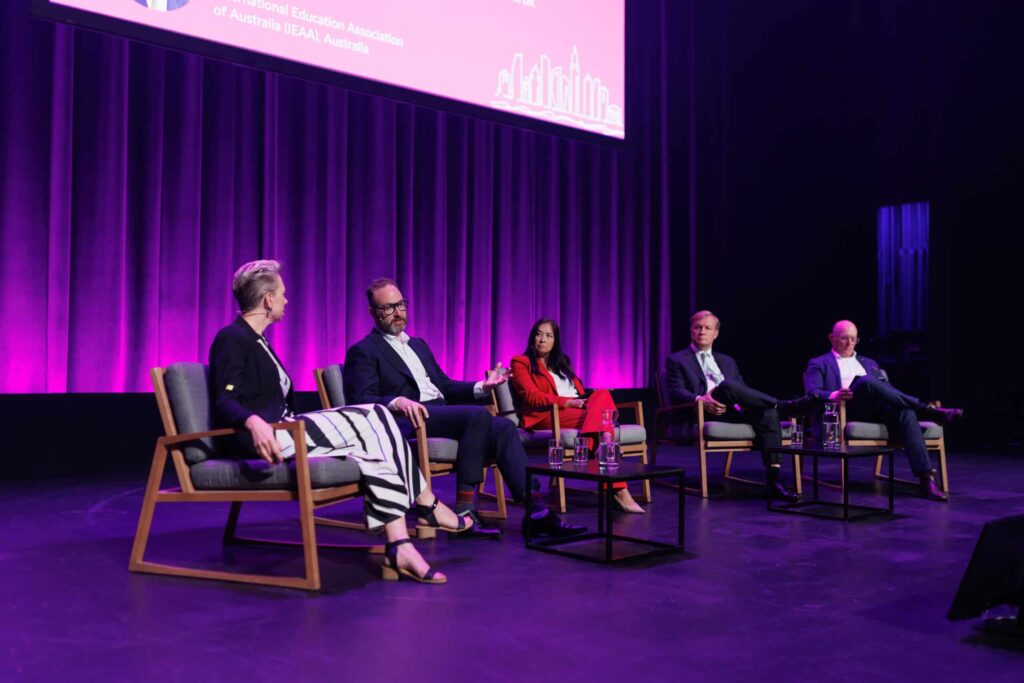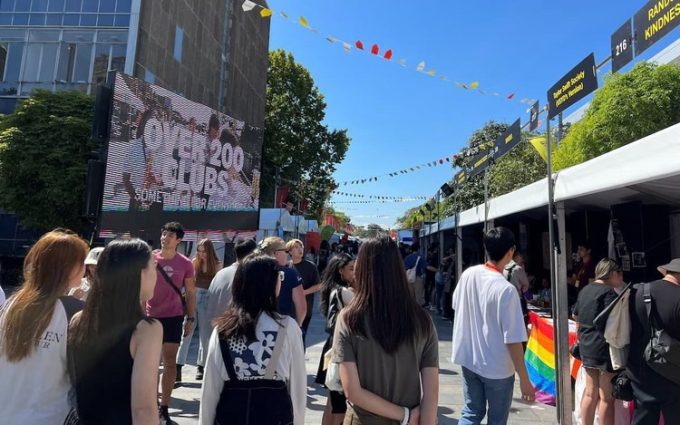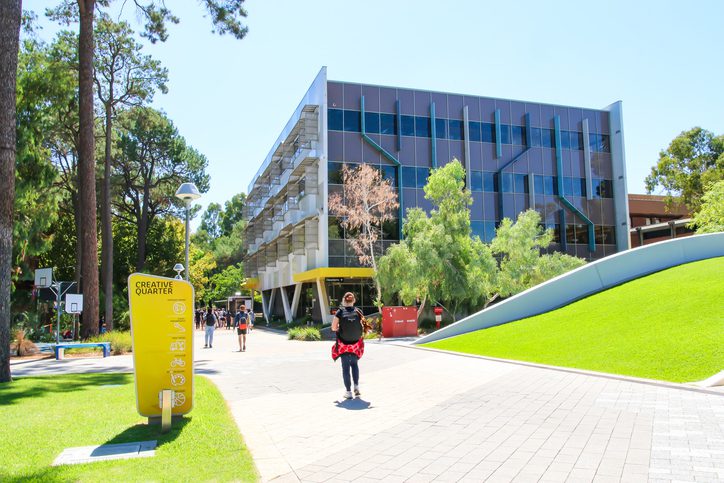Labor may limit international student numbers

Understanding Australia’s Approach to International Education
The Australian government plays a vital role in shaping the landscape for international students and job seekers alike.
Julian Hill, the newly appointed assistant minister for international education, has made it clear that maintaining oversight on student enrolments remains a priority. In fact, he has stated, “we are not going to back off managing the numbers,” suggesting that changes could be in store for future enrolment policies.
What This Means for International Job Seekers
For those of you exploring opportunities in Australia, particularly through visa sponsorship or pathways to permanent residency (PR), it’s essential to stay informed.
The Australian job market, especially for skilled roles, often intersects with the international education sector. If policies change around student enrolments, it could impact the availability of skilled workers in various fields.
Exploring Visa Sponsorship
Visa sponsorship can be a pathway to working and living in Australia. One of the main options is the 482 visa, designed to allow businesses to sponsor foreign workers in skilled positions.
This visa is a temporary solution, while others like the 189 visa and 190 visa are potential pathways to permanent residency.
The 189 visa is for skilled workers nominated by an Australian state or territory, while the 190 visa includes a points-based system which can help accelerate your PR journey.
Understanding these pathways is crucial. It’s worth looking into what skills are in demand and how your background fits into existing labour market requirements.
Importance of Keeping Updated
With shifts in policy, it’s important for international job seekers to stay updated. As Hill indicated, there may be more management of international education enrolments in the future. Such changes can affect not just the number of students coming to Australia, but also the job market for skilled workers.
If international student numbers are capped, the competition for jobs may influence visa sponsorship options.
Connecting Education and Employment
Education is often a stepping stone to employment in Australia. Many international students transition into the workforce after their studies, making education an integral part of the migration experience.
It’s helpful to understand how the qualifications you earn can align with the ANZSCO (Australian and New Zealand Standard Classification of Occupations) codes, which list out the skills needed for various positions.
Additionally, staying aware of TSMIT (Temporary Skilled Migration Income Threshold) is critical for those looking at the skilled migration landscape. Employers must meet this threshold to sponsor visa applicants, so knowing the financial expectations can contribute to your job search strategy.
What’s Next for You?
As you navigate your journey towards working in Australia, remember that understanding the policies surrounding international education and skilled migration is essential. Keeping abreast of developments can help you make informed decisions about your future here.
Have your say!
Got a question, opinion, or experience to share about working in Australia? Leave a comment below and join the conversation.
Thinking about moving to Australia? Have questions or need help?
Join our free and supportive community here at Oz Visa Forum.
Post in our forums to get advice and support from people who’ve already made the move Down Under.
Not sure where to start? Click here to get started







Responses